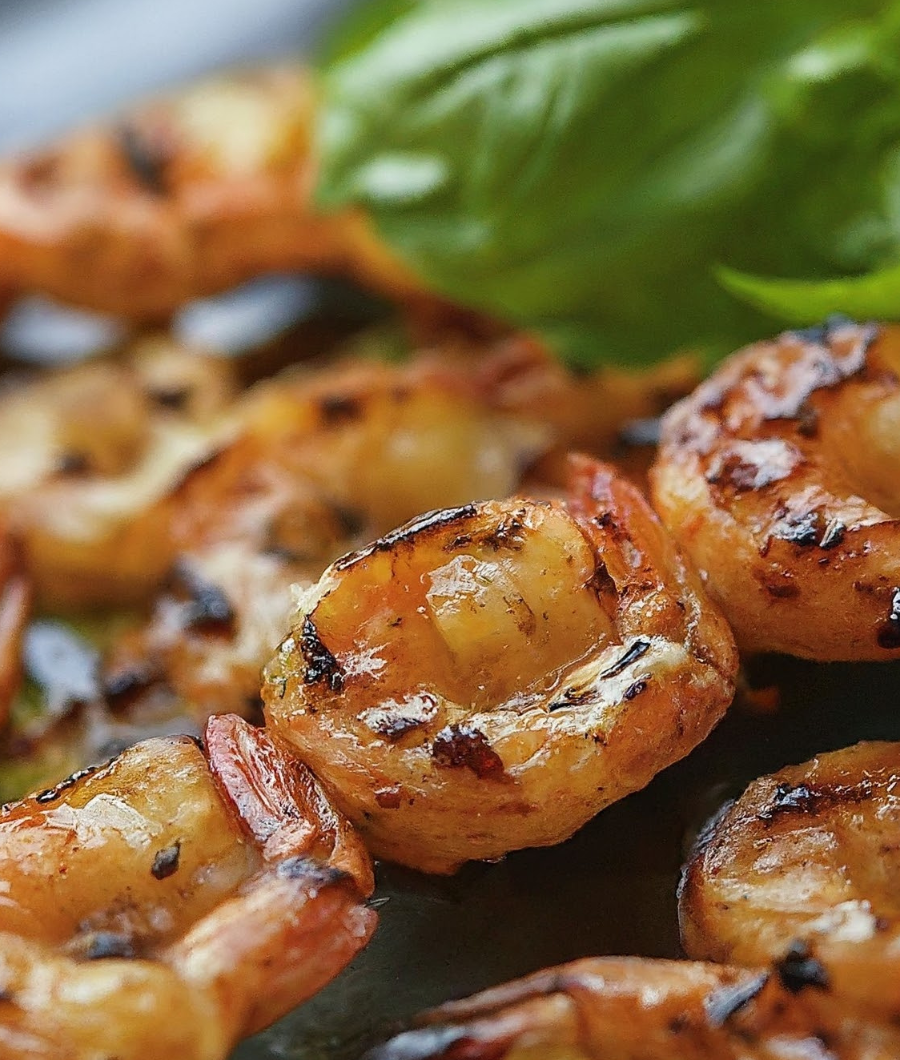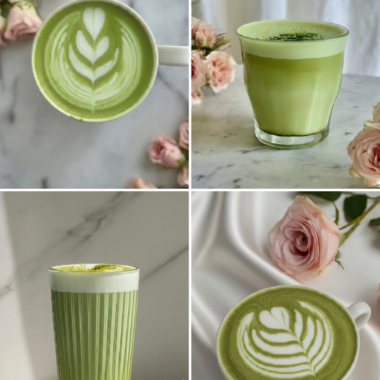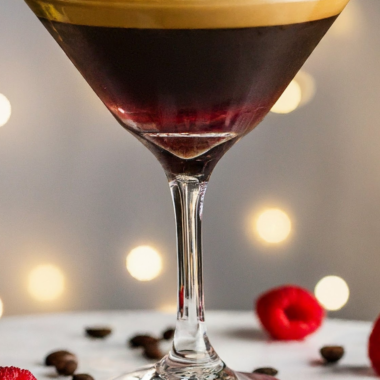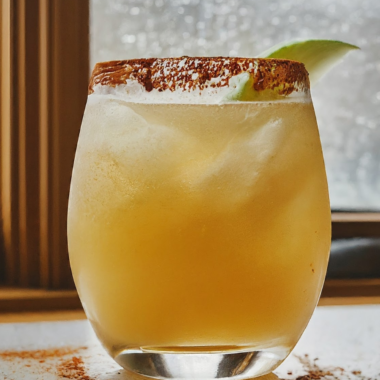This basil shrimp recipe is perfect for a weeknight or anytime that you are exhausted from the day but still need a healthy dinner that actually tastes good… It’s quick, easy, and packed with flavor. I like to keep frozen shrimp stocked to be able to throw this dinner together any time. The rest of the ingredients you probably already have on hand!
A hint of heat from red pepper flakes balances perfectly with a rich, buttery sauce, all topped with fresh basil. Pair it with garlic buttered rice or sautéed seasonal vegetables for a complete dinner in under 20 minutes. Trust me, you’re going to love this one!

Ingredients:
- 16 Large Shrimp
- 2 Tbsp Butter
- 1 Clove Fresh Garlic, minced
- 2 Tbsp Red Wine Vinegar
- 1 Tsp Red Pepper Flakes
- 8 Leaves Chopped Fresh Basil
- Salt and Pepper to Taste
How to make Basil Shrimp:
- Start by peeling and washing the shrimp. If you are going to use skewers, prep the shrimp now. If not, skip this step. (Skewers are not necessary, although I find it makes it much easier and quicker to flip all of the shrimp over to even cooking.)
- To cook the basil shrimp: Heat the butter, garlic, and red pepper flakes in a large pan and then lay the shrimp down in the pan. Sprinkle with salt and allow to cook untouched for 2 minutes. Then add the red wine vinegar to the sauce in the pan and allow to cook for another full minute.
- Flip the shrimp and cook for 3 minutes on the other side.
- Remove from heat and top with fresh basil. Enjoy these basil shrimp over garlic butter rice or with a side of seasonal vegetables.
Notes:
- I use the red wine vinegar in this recipe to cut the “fishy” flavor that shrimp sometimes can have. For this basil shrimp recipe, make sure you wash the shrimp well before cooking to help with this too. The acidity makes all the difference though: If you don’t have red wine vinegar on hand, lemon or lime juice will work well in this recipe too.
- Adjust the red pepper flakes, salt, and pepper to taste.
- By adding the red pepper flakes to the butter before cooking the basil shrimp, it allows the flavor to cook into the sauce- this also will give it a little more heat than if you were to add the same amount after the shrimp are cooked- so adjust accordingly!











